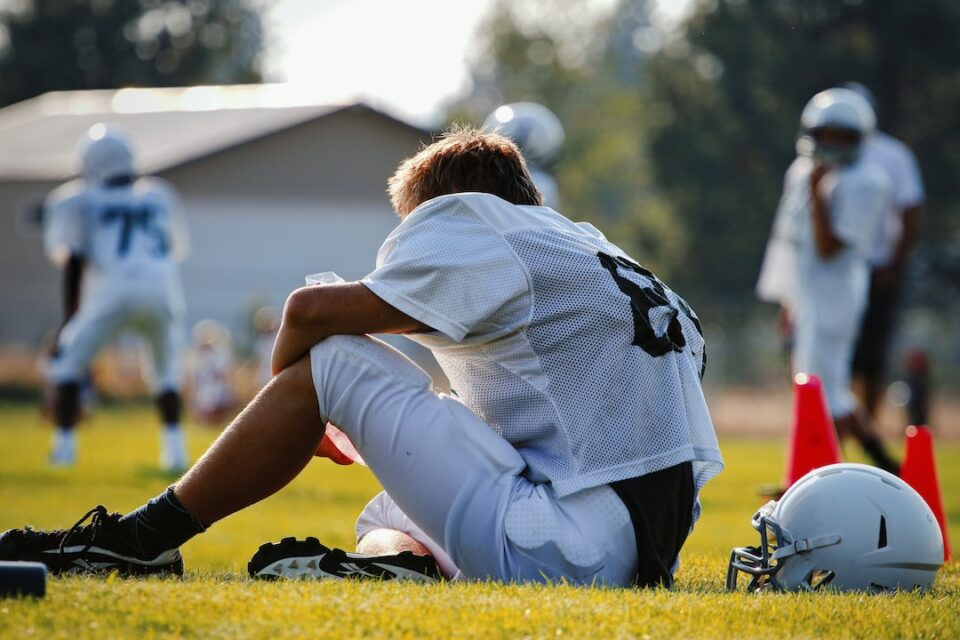The Importance of Proper Warm-Up and Cool-Down in Athletics
Participation in any type of physical activity, whether it be competitive sports or recreational fitness, always carries a certain risk. From minor strains and sprains to more serious injuries, athletes are constantly exposed to the possibility of getting hurt. However, there are essential steps that athletes can take to minimize these risks and enhance their performance: warm-up and cool-down exercises. Properly preparing the body before exertion and allowing time for it to recover afterward are both crucial for maintaining and improving athletic abilities.
Warm-up exercises, as the name suggests, are performed prior to engaging in any strenuous activity. Their purpose is to gradually increase heart rate, breathing rate, and body temperature. These changes signal the body to prepare for physical exertion by increasing blood flow to the working muscles and joints. An effective warm-up routine should include a combination of dynamic stretching, cardiovascular exercises, and sport-specific movements.
Dynamic stretching involves actively moving muscles and joints through a full range of motion. Unlike traditional static stretching, which involves holding a stretch for an extended period of time, dynamic stretches are designed to increase flexibility, improve coordination, and enhance muscle performance. Some examples of dynamic stretches include leg swings, high knees, arm circles, and walking lunges. By incorporating these movements into a warm-up routine, athletes prime their muscles for the specific demands of their chosen activity.
In addition to dynamic stretching, cardiovascular exercises that elevate heart rate and breathing rate are an essential part of a warm-up routine. Jogging, cycling, or jumping jacks are excellent choices for getting the blood flowing and increasing core body temperature. These activities improve circulation and provide more oxygen and nutrients to the muscles, making them more pliable and resistant to injury.
Finally, incorporating sport-specific movements into the warm-up routine helps the body to adapt to the movements and demands of the particular sport or exercise. For example, a basketball player might practice shooting drills or dribbling exercises, while a soccer player might perform passing and agility drills. By engaging in these specific movements before competition or training, athletes mentally focus on the skills they will need while also warming up the necessary muscles and joints.
While warm-up exercises are essential, the importance of a proper cool-down routine should not be overlooked. After intense physical activity, it is crucial to allow the body to gradually return to its resting state. Sudden cessation of activity can lead to a rapid drop in heart rate and blood pressure, which may cause dizziness or even fainting. By engaging in gentle cardio exercises, such as a slow jog or walk, the body’s systems can gradually return to their pre-exercise levels.
Cool-down exercises also play a crucial role in preventing post-exercise muscle soreness and improving flexibility. By stretching after exercise, athletes can help reduce muscle stiffness and improve joint mobility. Static stretching, where stretches are held for 20-30 seconds, is typically more effective after exercise because the muscles are already warm. Additionally, foam rolling is a popular technique used to release tension and tightness in specific muscles, aiding in recovery and reducing the risk of injury.
Furthermore, cool-down routines provide a psychological transition from intense physical activity back to a state of rest. They can help calm the body and mind, reducing the risk of anxiety-related issues such as post-exercise insomnia or mood disturbance. Taking the time to cool down and reflect on the training or competition can also lead to improved focus and motivation for future endeavors.
In summary, the importance of proper warm-up and cool-down exercises in athletics cannot be overstated. By incorporating dynamic stretching, cardiovascular exercises, and sport-specific movements into a warm-up routine, athletes prepare their bodies for physical exertion, minimizing the risk of injury and improving performance. Likewise, a proper cool-down routine consisting of gentle cardio exercises, static stretching, and foam rolling enhances recovery, reduces muscle soreness, and promotes psychological well-being. In the pursuit of athletic achievement, remember that taking a few extra minutes before and after physical activity can make all the difference in maintaining long-term health and reaching top performance levels.


